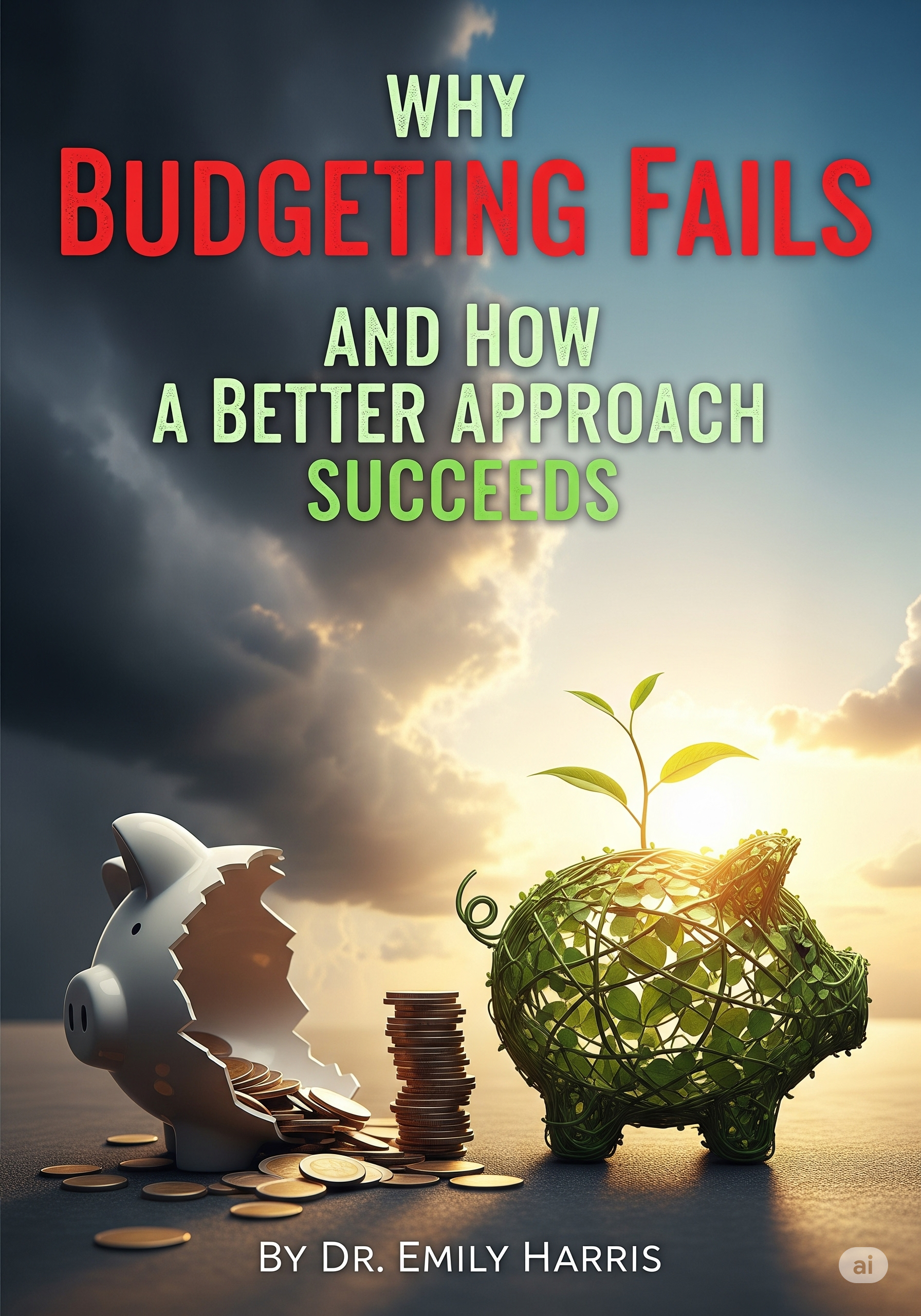
Discover timeless elegance at exclusive discounts!

Why Budgeting Fails (And How A Better Approach Succeeds)!
Shifting the Mindset for Financial Success!
$29.99$25.99
Why Budgeting Fails (And How A Better Approach Succeeds)
Traditional budgeting often fails because it is fundamentally a restrictive practice, not a strategic one. Many approaches treat the budget as a rigid, inflexible document, a set of handcuffs designed to say "no" to spending. This mentality creates an immediate psychological resistance, making the process feel like a punishment rather than a tool for empowerment. The focus becomes solely on limitation and deprivation, which is demotivating and unsustainable for individuals and teams alike. When a budget is perceived as a barrier to success or personal satisfaction, it is almost guaranteed to be abandoned at the first sign of pressure or temptation, rendering the entire exercise futile.
Furthermore, traditional budgets are notoriously brittle. They are typically built on static assumptions and fail to adapt to the dynamic nature of real life and business. An unexpected car repair, a sudden market shift, or a new growth opportunity can instantly render a meticulously crafted budget obsolete. This lack of agility forces people into a binary choice: either break the rules of their budget and feel like a failure, or stick to the plan and potentially miss a critical opportunity or face financial hardship. This rigidity is a primary reason why so many well-intentioned budget plans collapse within the first few months.
The alternative that succeeds is a shift from rigid budgeting to flexible cash flow management. This approach does not seek to micromanage every dollar into a predetermined category but instead focuses on the holistic movement of money. It involves understanding your fixed costs, prioritizing variable expenses, and, most importantly, consciously allocating funds toward specific goals—whether that’s saving for a vacation, investing in marketing, or building an emergency fund. This method provides a clear framework for decision-making without the stifling constraints of a traditional line-item budget, turning financial planning from a source of anxiety into a source of strategic direction.
Crucially, this successful framework champions proactive planning over reactive restriction. Instead of asking, "What can I cut?", it prompts the more powerful question: "What do I want my money to achieve?" This values-based allocation ensures that spending is aligned with personal or organizational priorities, making it easier to voluntarily reduce expenditure in low-priority areas to free up capital for what truly matters. The psychology shifts from one of scarcity to one of purposeful abundance, where every financial decision is a conscious step toward a larger objective, dramatically increasing buy-in and long-term adherence.
Ultimately, the goal is not to create a perfect, unbreakable financial plan but to build a resilient and intelligent financial system. This system incorporates buffers for the unexpected, allows for periodic reviews and adjustments, and celebrates progress rather than penalizing deviation. By embracing flexibility, aligning spending with values, and focusing on cash flow awareness, this approach transforms financial management from a dreaded, failing chore into a sustainable, empowering practice that consistently drives positive outcomes and fosters financial well-being.
Rose of Sharon Online Store LLC
Timeless products inspired by faith and heritage.
The logo and brand identity of the "Rose of Sharon Online Store" present a captivating minimalist rose icon delicately intertwined with a cross, beautifully rendered in a soft rose gold and cream color palette. Beneath this elegant symbol, the store's name is displayed in refined serif typography, enhanced by a subtle glow effect that adds a touch of luxury. The digital product mockups showcase a smartphone featuring a playlist titled "Rose of Sharon Worship Vol. 2," set against a pastel pink background adorned with a floral border. Nearby, headphones rest on an open Bible, creating an inviting atmosphere. Additionally, a flat lay of a digital tablet reveals a delightful "Faith Florals" coloring book page, surrounded by vibrant colored pencils, dried roses, and a steaming cup of tea, all bathed in a soft sunlight filter that evokes tranquility and inspiration.
Grace
Purpose
1-804-571-1334
© 2025. All rights reserved.
